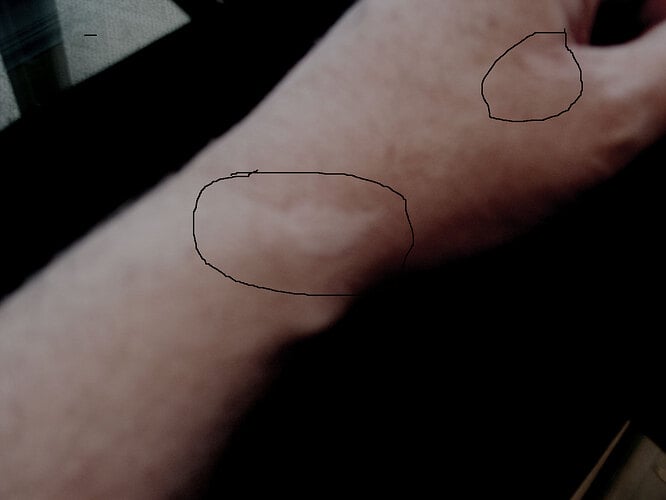im having a bit of trouble getting this boric acid to desolve in
the denatured alcohol, the boric acid says "tech grade" and it
seems like fine grains but it just dont seem to desolve, once the
item is dipped and burned off when it is being heated the coating
seems to gather up an leave small uncoated patches,
Boric acid is only slightly soluable in denature alcohol. For the
most part, it’s role is merely as a carrier. Rather than dissolving
it, you need to use a fine powdered grade of boric acid. Technical
grade is fine, if powdered. Then stirring it up off the bottom will
give you a nice suspension of the particles that will leave a nice
even coating on the work once burned off. Using a coarser grade of
grind is a problem. And note too that the boric acid and alcohol
won’t clean your work prior to soldering. Oils, grease, too much
oxide, etc, can act as a stop off, preventing the boric acid from
doing it’s job and properly coating the metal. Also, you don’t need
an extraordinarily thick layer of boric acid to remain after burning
off the alcohol. A thin frosty layer is enough. If you’ve got a thick
opaque white blanket of boric acid on the metal after burning off
the alcohol, you’ve got too much. It will tend to break up or flake
off or ball up in the thicker spots. Thinner layers work much better.
It doesn’t take an enormous amount to properly protect the gold or
diamonds (the two main things the protectant is used for).
Also note that the boric acid and alcohol dip is primarily used for
gold, or platinum (to protect diamonds, not to protect the metal,
which should not actually be coated) but not for silver. It doesn’t
work well on silver. The surface tension of silver is higher, and
will cause boric acid by itself, to behave as you describe, balling
up and pulling away from much of the surface, leaving it
unprotected. The solution is to use one of the more complex mixes
which contain something to handle that surface tension, ie a
surfactant, detergent, etc. One solution often discussed here (by me
and others) is Prips flux, a mix of boric acid, borax, and sodium
phosphate (tri sodium, di sodium, or mono sodium forms all work. The
trisodium, also known as TSP is often the easiest and cheapest to
get, as it’s widely used as an alkaline cleaning agent) In this mix,
which is 3 parts boric acid to 2 parts each of the others, dissolved
in water, the boric and borax are the protectant agents, while the
TSP acts as a wetting agent allowing the melting borax/boric acid to
properly form a congiguous film on the metal surface. It’s more
complex to use than the simple boric acid / alcohol dip used for
gold, but it works. Other similar commercial products are those like
Cupronil flux, which does the same as Prips, but is commercially
available, rather than being a “mix your own” product.
Hope that helps.
Peter Rowe
